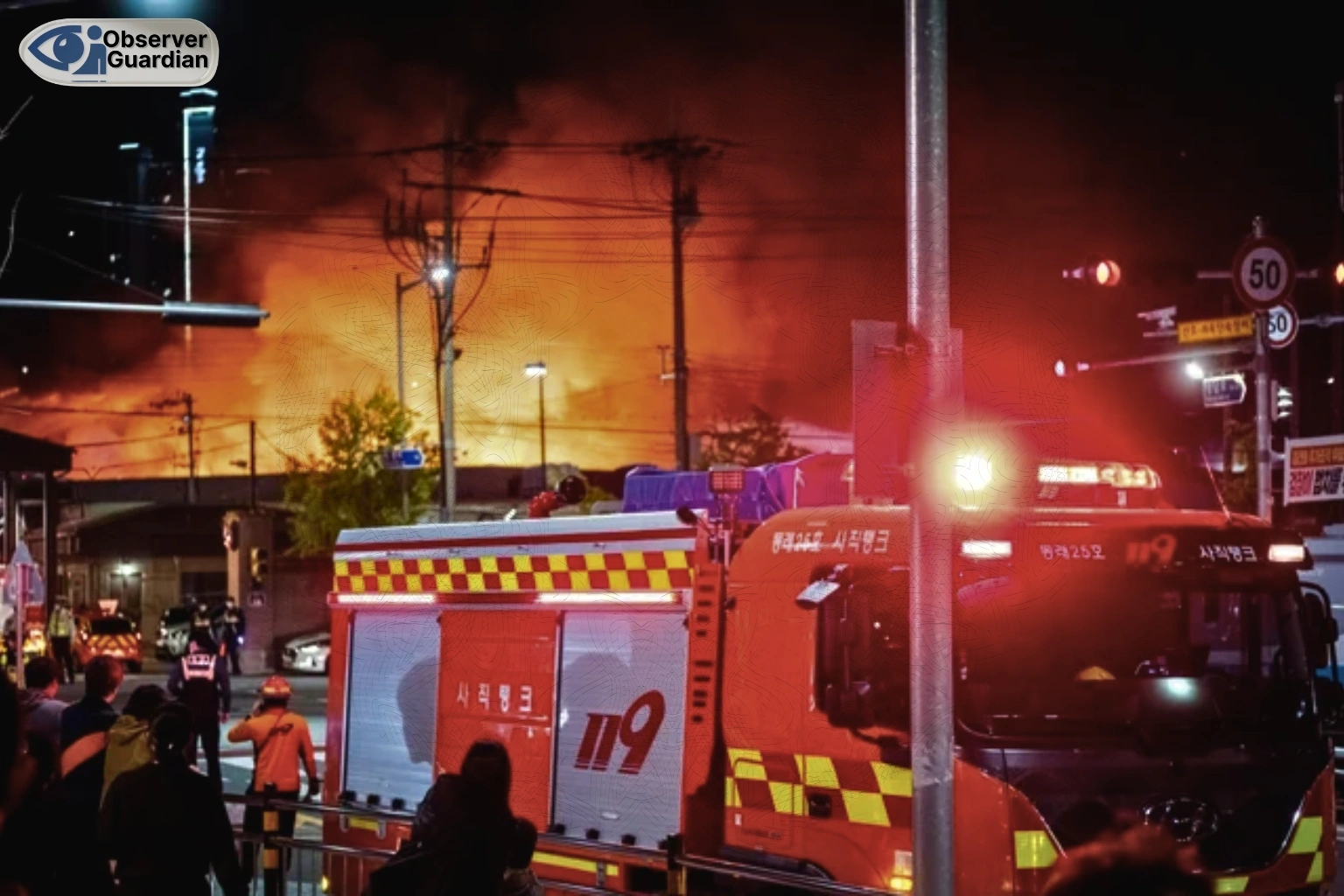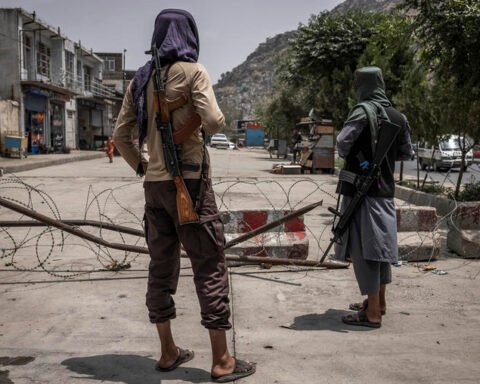A massive fire at South Korea’s National Information Resources Service in Daejeon has thrown the country’s digital backbone into chaos. The blaze broke out on September 26 after a lithium-ion battery, part of the building’s backup power system, apparently exploded while being moved. Fire officials said it triggered a chain reaction that made it nearly impossible to control right away, though thankfully only one worker was hurt, and not seriously.
The bigger issue was what happened next. Hundreds of government IT systems went dark almost instantly. People rely on every day like the mobile ID app, postal services, online petitions, and even email systems for ministries were either down or heavily disrupted. In total, 647 systems were affected, and about 96 of them suffered direct damage from the fire.
Moreover, the government has been scrambling ever since. Engineers have been working nonstop to replace fried equipment, restore cooling systems, and reroute services where possible. By September 28, officials said they’d managed to get 551 of those 647 systems back up and running. That’s fast progress, but people are still feeling the pinch. Deadlines like tax filings are being extended, and some agencies have gone back to doing things the old-fashioned way, on paper. Prime Minister Kim Min-seok even had to apologize publicly, promising to make sure no one gets penalized for delays caused by the outage.
This whole thing has sparked a bigger debate in Seoul. A lot of criticism is focused on why so many critical services were concentrated in one data center. Technically, backup systems do exist, but clearly, they weren’t enough to prevent widespread outages. Opposition politicians are already calling it a “man-made disaster” and pushing for accountability. Investigations are under investigation to figure out exactly how the safety protocols failed and whether the facility design needs to change.
Experts are also pointing to a need for stronger safeguards, especially when it comes to lithium-ion battery storage. Fire suppression systems for data centers have not really kept up with the risks these batteries bring, and this incident is a harsh reminder.
For now, the priority is just getting everything stable again. But it is hard to shake the sense that this was a wakeup call. South Korea has leaned heavily into digitizing daily life, from banking to IDs, and this fire showed how fragile that system can be when something goes wrong. It will take more than just patching things back together to restore confidence.







